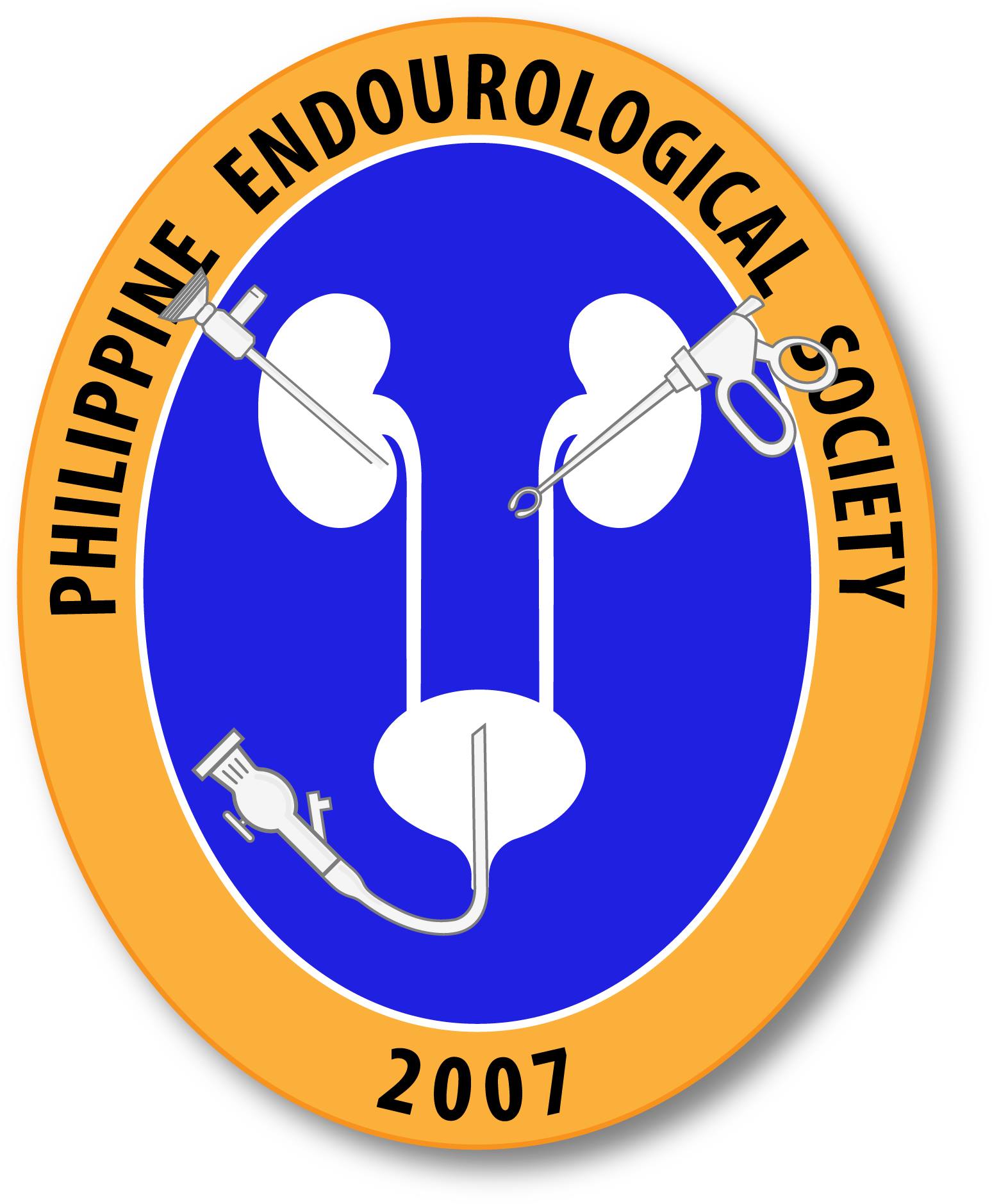Nearly 70% of men between 60 and 69 years have benign prostatic hyperplasia (BPH). Prevalence and severity of lower urinary tract symptoms (LUTS) in men also increase with age and approaches 80% in men over 80 years. A significant percentage of these patients on medical management will require surgical management due to inadequate improvement in symptoms, noncompliance with medications due to associated costs or side effects. Transurethral resection of the prostate (TURP) is the most commonly performed procedure for surgical management of BPH and is considered the gold standard treatment of BPH. Although TURP causes a significant improvement in the urinary domain (IPSS, IPSS-QoL, Qmax), it is associated with postoperative complications, of which retrograde ejaculation has a significant effect on the quality of life (QoL). TURP has other disadvantages like the need for general/regional anesthesia, need for a hospital stay, and delayed return to normal activity.
